
If you manage to leave your resort in St Lucia, one of the neat places to explore the heritage, culture and beauty of the island is at Greenwood Terrace. This historic home has been converted into a museum, garden, cooking school and offices of local tour company, Barefoot Holidays. When you first enter the 2-story building, […]
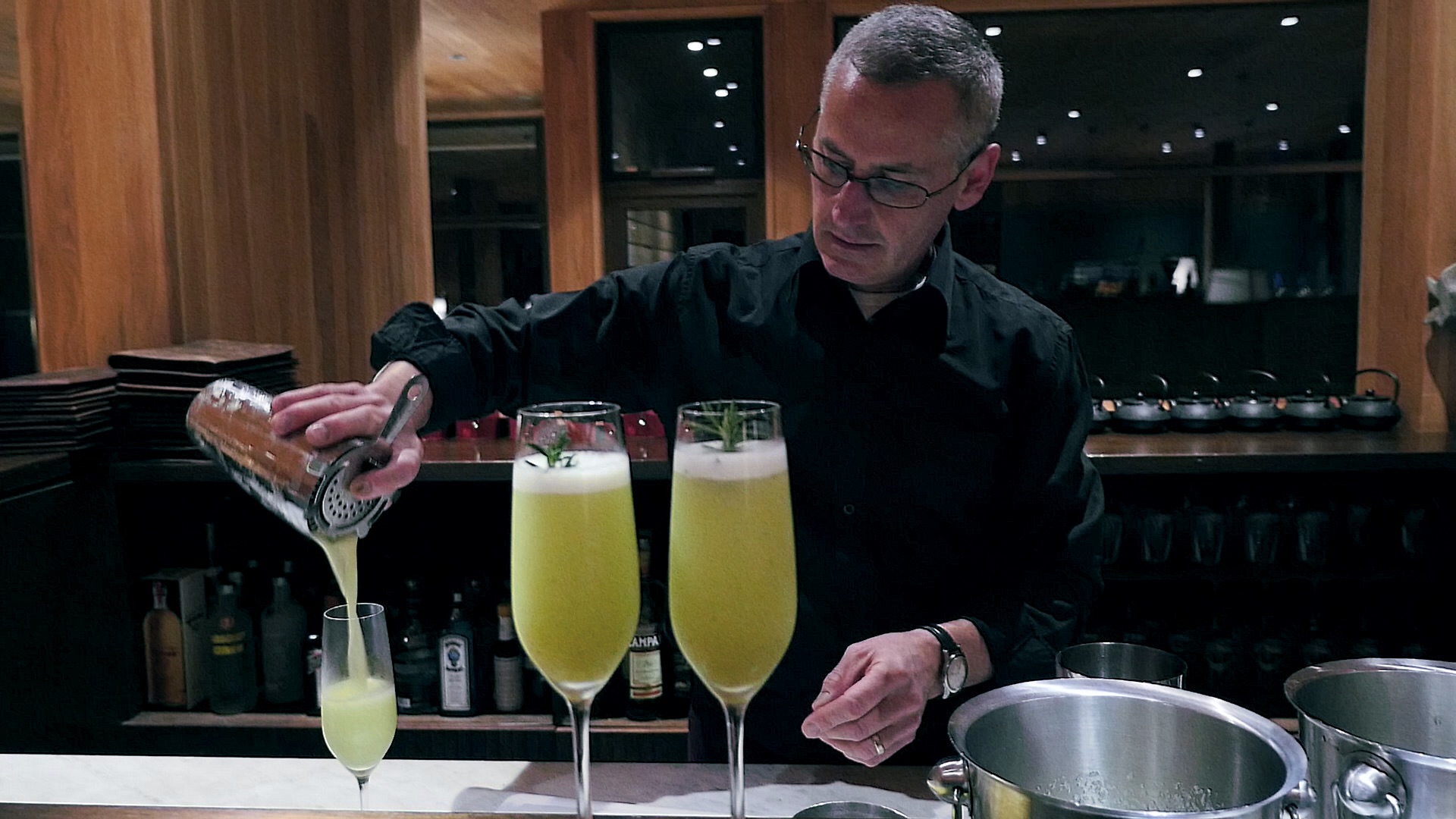
Pisco Sour is the house drink in Chile. Pisco is a popular brandy produced in Chile by distilling grapes, mainly of Muscat, Torontel and Pedro Jiménez varieties. Just like wine, the color, aroma and flavor of pisco can be described as fruity, clean, sweet, refreshing, woody and bold, depending on it’s variety. There are four main classifications of pisco: Pisco […]

Are you a fan of Cuban cuisine? Want to learn to make authentic Cuban tostones recipe? Well, tostones is basically a savory plantain chip that is enjoyed as a snack or a side in many Caribbean cuisines. This recipe is very easy to make provided you have the right ingredients and a little bit of […]
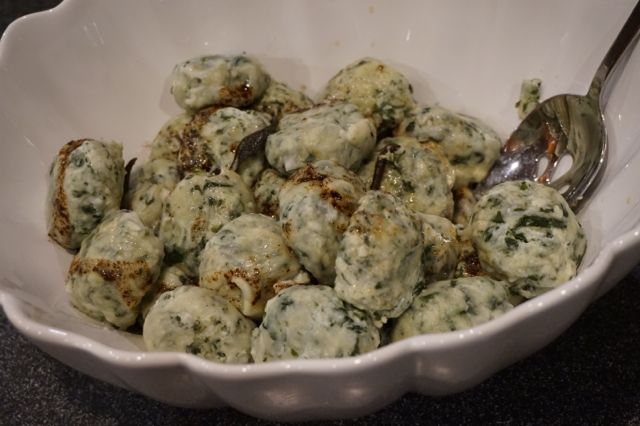
Gnudi means “naked” as in an inside out ravioli. While a typical ravioli is filled with spinach and ricotta, gnudi is made entirely of the filling mixture, held together with a little flour. Its a great alternative to eating pasta, especially for those who are gluten free! Serve it with a sage-butter sauce as a delightful appetizer. […]
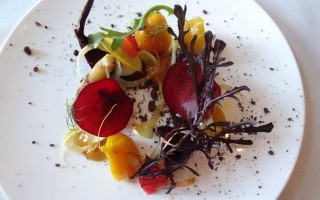
During my recent visit to San Diego for the Travel and Adventure Show, I dined at some of the most reputable restaurants in the city. I was delighted to find that many of the places cooked with fresh, high quality, farm to table ingredients that included locally sourced vegetables and meat. San Diego is blessed […]

If you missed my presentation at Taste of Travel stage at the San Diego Travel Adventure Show, you didn’t get to taste my delicious paella. But all is not lost. You can still watch some clips from the show and follow along the recipe below. Paella is a rice based dish that was invented in […]

Chef, restauranteur and author, Avi Bitton visited Atlanta from Tel Aviv, Israel. Bitton started working in the restaurant business at 14 years of age, and went on to open restaurants – Bucharest (Romanian inspired), Adora (named 10 best restaurants in Israel), Chill (chic bar on Tel Aviv’s famous Dizengoff Street), and Mercado (Kosher restaurant on the top floor of the highest building in Tel Aviv). Bitton is now one of […]
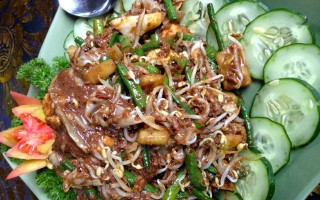
As seen at the Travel and Adventure Show in Dallas! Gado-Gado is famous green beans dish from the island of Bali, Indonesia. Go Eat Give volunteers learn to make this dish from Aunty Puspa at Paon Bali Cooking School. Generally Gado-Gado is served as a side dish along with other entrees. It is spicy and flavorful. […]
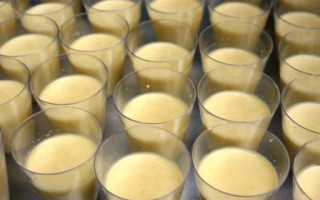
The festival of Holi is celebrated once a year during spring time in India. It has a strong mythological, cultural and social significance. It is a day when people of all ages, religions and backgrounds come together to play with dry and wet colors, water balloons, and much more. Everyone would be outdoors, laughing, giggling, soaking in bright colors, leaving […]
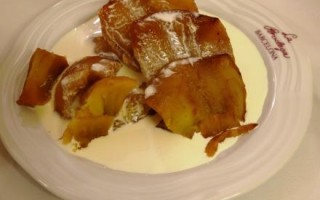
Are you wondering How to find the Real Cuisine of a Country? I will be discussing on the subject today at the Travel and Adventure Show in Washington DC, and showing you a few recipes I picked up during my visit to Spain. If you like to try any of the dishes at home, here […]

Pupusa is a traditional El Salvadorian dish made with a thick corn tortilla stuffed with fillings of pork (chicharrón) , mashed refried beans, cheese (queso), onions, mushrooms or chillies. The two most commonly found pupusas are the pupusa de queso (cheese) and more popular pupusa revuelta with mixed ingredients of cheese, beans, and chicharrón. Pupusas are served […]
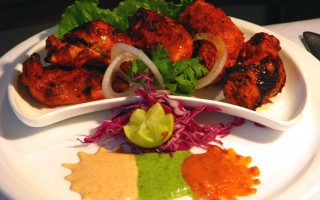
Tandoori Chicken is one of the most popular dishes from northern India. It is grilled chicken rubbed with a blended spice marinade, identifiable by its red coloring. Tandoori is Indian style of BBQ. The marinade has garlic, salt, coriander, tamarind, cumin, ginger, lentils and oil.

Taste of Atlanta got a special treat from India today. As part of the “Spice of Life” segment at the “Inside the Food Studio” stage, I talked about different spices and their benefits, and share with participants a very special recipe that many westerners are unfamiliar with.

I had never even heard of fried green tomatoes till I came to Atlanta, Georgia! I soon found out, they are a popular appetizer in southern cuisine. The green tomatoes are tart in flavor and harder in texture, than normal red tomatoes, but the prepared dish is delicious! The tomatoes are battered and deep fried […]

Here is the delicious chocolate bread pudding recipe that SOHO American Bistro has generously shared with you readers. It is by far, my favorite dessert in Atlanta! The moist rich bread pudding has a velvety texture and melts in your mouth. It is served warm with a dollop of cold vanilla ice cream and rightly […]
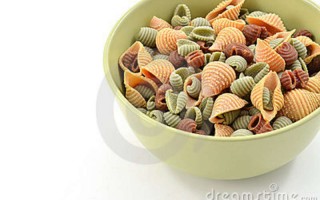
When the mercury is rising, you want to eat light, healthy and cooling foods. How many times a week can you eat salad? Here is a recipe for a summery pasta entree that incorporates a lot of fresh vegetables.
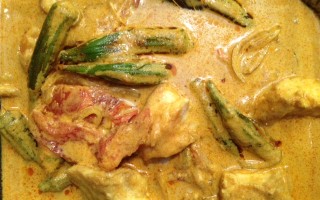
My neighbors and good friends brought me gifts of flavor from their recent trip to South East Asia. Among the spice blends and recipes was a packet of Kari-Ikan fish curry powder. I decided to try it out using a little bit of my own experience of eating Malaysian food.
Recipe courtesy of Old Edwards Inn and Spa 2# pork shoulder 1 cup green salt (3/4 cup kosher1/4cup herbs processed in robocoupe) Portion pork shoulder into 4 -8 oz portions. Liberally season with green salt. Leave to rest overnight. Rinse next day cover with pork fat and place in oven at 180F and cook until […]
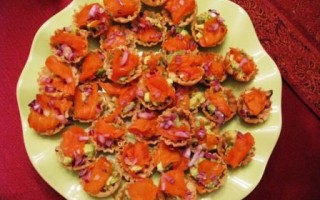
What do you do when you have guests coming over, the big game is starting and you are left with only a few minutes to prepare something? Here is my two-minute recipe for a really delicious and healthy finger food. It’s perfect for gathering, big or small. Salmon-Avocado bites (makes 15 pieces) 1 box Athens […]
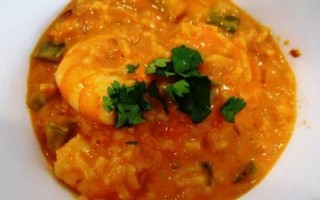
This past weekend I taught a cooking class on how to make hearty soups and salads that can be eaten as full meals. They are nutritious, filling and make wholesome entrees. Out of all the dishes we prepared, the class unanimously voted for the Brazilian shrimp soup as the most delicious and their favorite. I […]